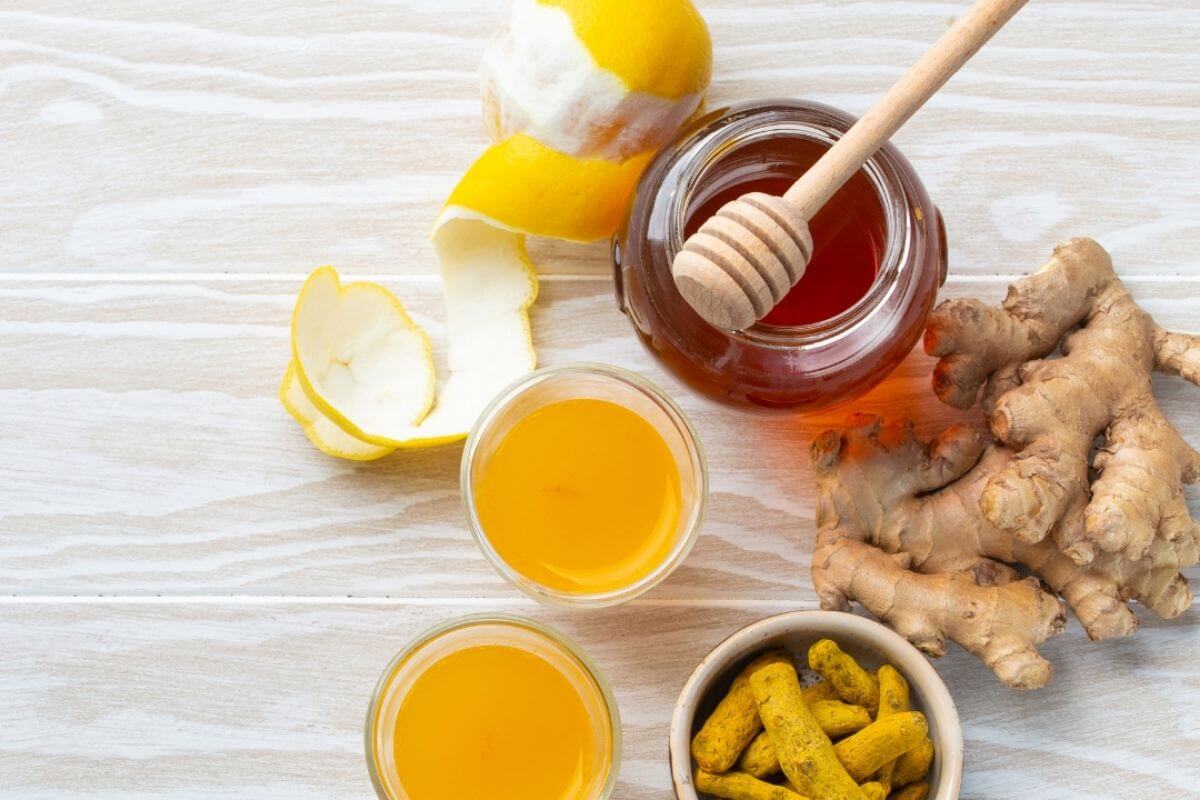Goan cuisine is a vibrant mosaic of flavors—spicy, tangy, and aromatic—shaped by centuries of trade, colonial influence, and cultural exchange. Nestled along India’s western coast, Goa’s food reflects its Portuguese heritage and local Konkani traditions, with a rich tapestry of spices at its heart. These unique spices are not only central to Goan dishes but also symbolize the region’s identity, history, and culinary artistry.
Let’s explore some of the traditional spices that define the soul of Goan cooking.
Kokum: The Purple Jewel of the Konkan
Kokum (Garcinia indica) is a small, dark purple fruit native to the Western Ghats and revered in Goan households. Its dried rinds are used as a souring agent, often replacing tamarind, offering a milder tartness with a sweet undertone.
One of the most beloved uses of kokum is in solkadhi—a refreshing digestive drink made with kokum extract, coconut milk, garlic, and spices. This beverage not only cools the body in Goa’s tropical heat but also supports digestion.
In seafood curries and vegetarian dishes, kokum enhances flavor profiles, adding complexity and depth. Rich in antioxidants and anti-inflammatory compounds, kokum is celebrated for its ability to reduce acidity and promote heart health. Its deep color and tart essence make it both a flavoring and a cultural icon of Goan kitchens.
Cubeb: The Fragrant Tailed Pepper
Cubeb (Piper cubeba), also known as Java pepper or tailed pepper, is a spice that once played a key role in the ancient spice trade. Though native to Indonesia, it has long been cultivated and cherished in Goa.
Cubeb has a complex flavor—earthy, peppery, and slightly reminiscent of cloves and nutmeg. In Goan cuisine, it’s often added to meat and fish curries, especially the fiery and tangy vindaloo, where it imparts warmth and aromatic depth.
Traditionally used in garam masala blends, cubeb contributes a unique fragrance and is valued for its medicinal qualities—believed to aid digestion, relieve respiratory conditions, and stimulate appetite. Rare yet revered, cubeb continues to enhance the spice legacy of Goa.
Chillies: Layers of Heat and Hue
Goan cuisine’s bold personality is often attributed to its nuanced use of chillies, each chosen for its heat, flavor, and color.
Kashmiri chilli: Prized for its vibrant red hue and mild heat, this chilli is a staple in iconic dishes like vindaloo and xacuti. It imparts a rich color without overpowering the dish.
Byadgi chilli: Known for its deep red tone and moderate spice, it is widely used in Goan fish curry and spice pastes, offering a perfect balance of heat and aroma.
Green chillies: These fresh chilies are used in chutneys, pickles, and marinades, lending a sharp bite and zesty freshness to the dish.
Goan cooks artfully balance different types of chillies to create dishes that are fiery yet flavorful—a true hallmark of the region’s culinary expertise.
Triphala: Ayurveda on a Plate
Triphala, a blend of three fruits—Haritaki, Bibhitaki, and Amalaki—is a staple in Ayurvedic medicine and an occasional guest in Goan cooking. While primarily consumed for its health benefits, it also plays a role as a seasoning in certain dishes.
In vegetable and lentil curries, Triphala adds a complex trio of sweet, sour, and astringent notes, enriching both taste and nutritional value. It’s also found in pickles and chutneys, where its tangy profile complements other ingredients.
With digestive and detoxifying properties, Triphala is a testament to the holistic nature of traditional Goan cuisine—where flavor and health go hand in hand.
Star Anise: A Star in the Spice Galaxy
The distinctive star-shaped pods of star anise bring both visual charm and aromatic depth to Goan dishes. Known for its sweet, licorice-like flavor, this spice is widely used in biryanis, pulaos, and slow-cooked curries.
Often featured in garam masala and marinades, star anise enhances the base aroma, creating a warm and exotic finish. In addition to its culinary appeal, it boasts anti-inflammatory and digestive properties, making it a valued ingredient in traditional healing.
Its striking shape and rich scent encapsulate the Goan love for spices that tantalize all senses.
Conclusion: A Sensory Journey Through Goa
Goa’s culinary legacy is deeply rooted in its spice traditions. From the tart elegance of kokum to the warming mystery of cubeb, from vibrant chillies to Ayurvedic Triphala and the starburst flavor of star anise—each spice tells a story of history, trade, tradition, and taste.
These spices are more than ingredients; they are cultural symbols, passed down through generations, embedded in family recipes and festive meals. As the world increasingly embraces fusion and experimentation, Goan spices stand firm, offering authenticity, health, and unforgettable flavor.
To explore Goan cuisine is to savor its spices—each a chapter in a tale of coastal abundance and culinary brilliance. The next time you enjoy a Goan curry or a glass of solkadhi, remember: you’re not just tasting food, but centuries of tradition, innovation, and spice-laden storytelling.









